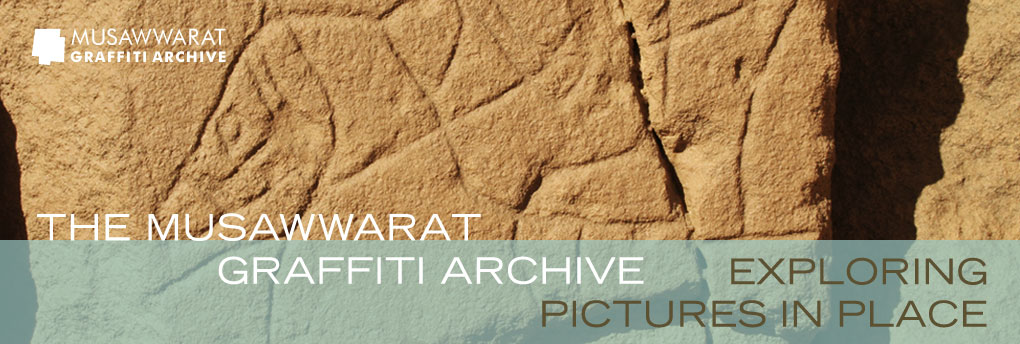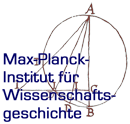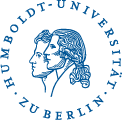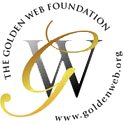Technology and tools
Different tools were brought together to create a dynamic envrironment to present research data in the process from 'raw data' to an online 'publication':
1) A database for entering systematic graffiti-focussed information as well as data on the exact spatial contexts in which the graffiti were created and used.
2) A web presentation environment for informational texts and images as well as search and 'browse' access to the database and all photos.
3) The web environment also allows the creation of hot-spots on images as an additional way of visually navigating the site by clicking through from ground plans to images on the single block level, enhanced with information from the database.
4) All photos are presented using an image viewer allowing the user to zoom in and inspect images at the highest resolution even on low-bandwidth connections.
Data entry frontend
Information about the graffiti is entered in a custom FileMaker database. The database holds information about all photos, blocks, walls, and graffiti and their relations.
Basic IPTC metadata from the JPEG images, such as the date and time when the photo was taken was automatically extracted and fed into the photo database in a first step. This information also aided the coordination of the photos with notes taken on-site.
All data from the FileMaker database is exported into a PostreSQL database for the web display.
Web frontend
The web frontend runs on the Open Source ZOPE application server using standard modules and custom modules developed by the MPIWG in the context of the ECHO project (also available as Open Source).
The web frontend presents static informational content in the general section (such as this page) and dynamic content from the SQL database and the ZOPE-internal database in the 'Graffiti in Place Database' section.
In the "Explore" part of the 'Graffiti in Place Database' section red hotspots on the images are used for navigating between ground plans, overview photos and detail photos. This navigation structure can be created and updated with a web browser in the ZOPE management interface using the MPIWGs ECHO_content product.
Image server
All image files are stored on a central file server at the MPIWG and presented via the Open Source Digilib image server (also developed by the MPIWG). The image server zooms and scales the images on the fly according to the requests by the web client and transfers only the visible part of the image thus enabling the detailed inspection of the photos at the highest resolution even on low-bandwidth connections.
In the Picture Viewer the user can interactively zoom into an image, set a mark on any part of it and create a reference in the form of a URL. This URL can be embedded in a web page or electronic publication and it will reconstruct the visible part of the image and the mark as it was when the reference was created.
The Picture Viewer also has a 'digilib'-button that will show the photo in the standard 'digilib' viewer that offers additional image manipulation options like rotation, enhancement of contrast and brightness and color corrections.
Text: Robert Casties (2012)







